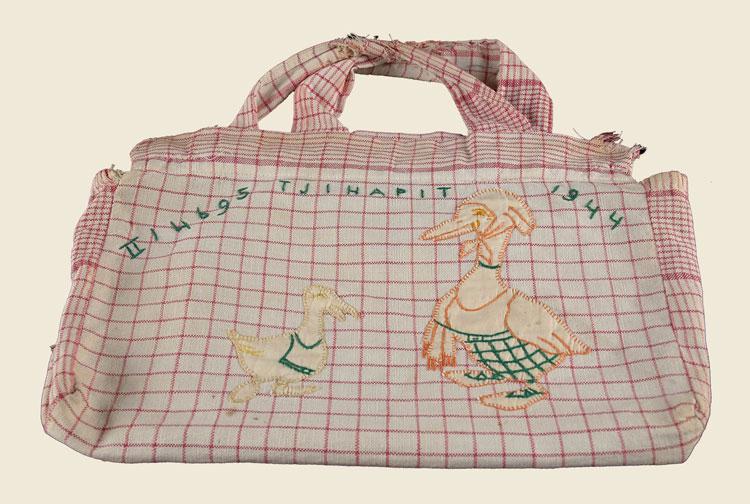

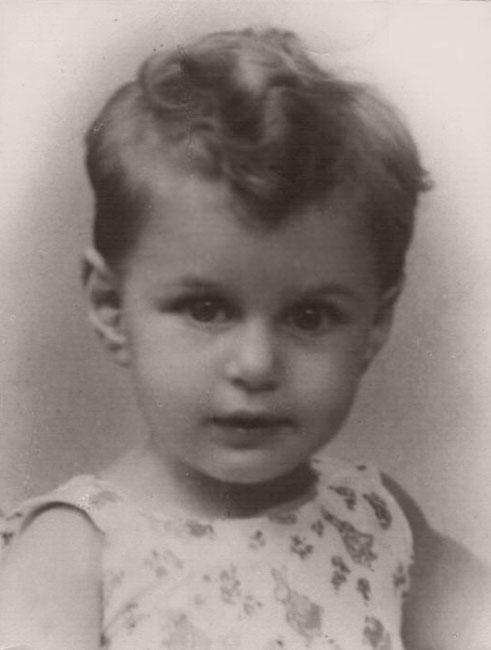

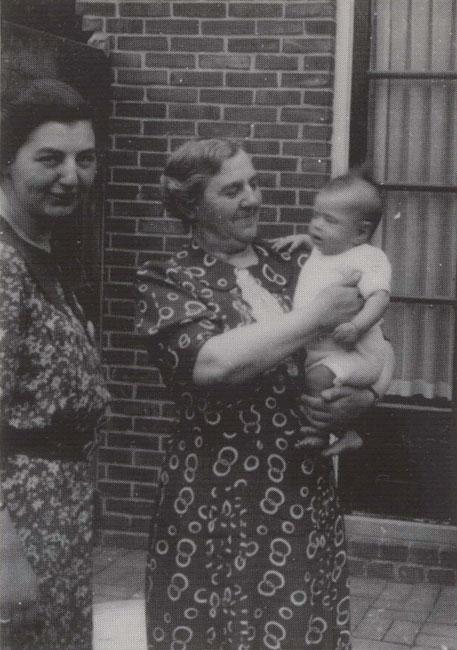

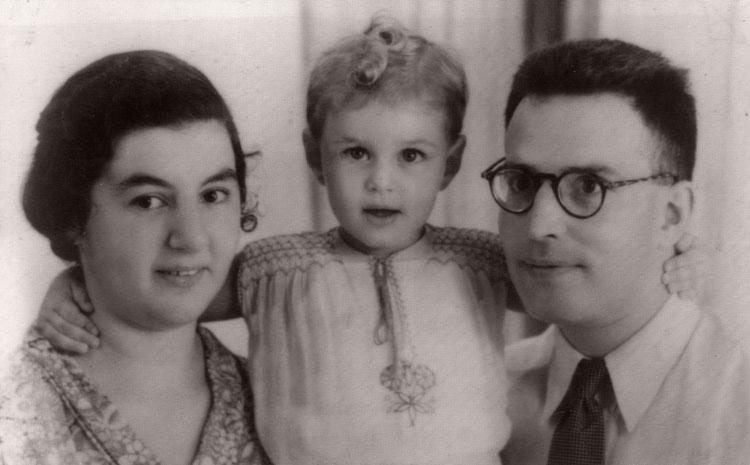

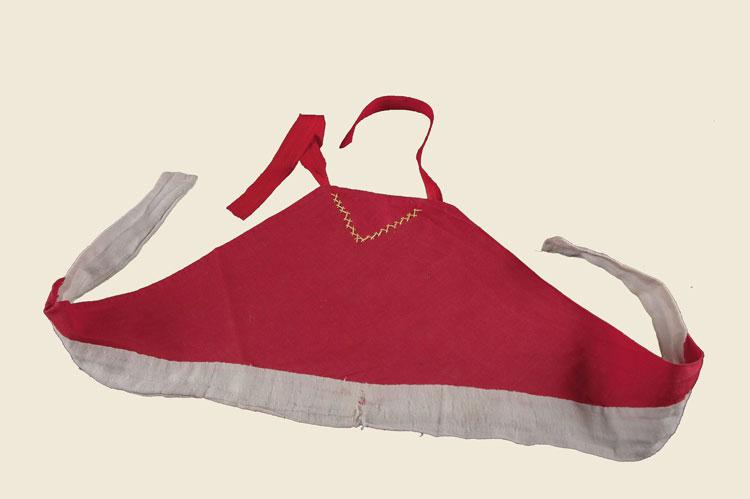

Sunday to Thursday: 09:00-17:00
Fridays and Holiday eves: 09:00-14:00
Yad Vashem is closed on Saturdays and all Jewish Holidays.
Entrance to the Holocaust History Museum is not permitted for children under the age of 10. Babies in strollers or carriers will not be permitted to enter.










The locations to which Jews fled during World War II to escape their fate in Europe were diverse and far-flung. One of the families who recognized the writing on the wall yet found themselves with nowhere to flee was the Benninga family of Leeuwarden , Holland.
Noah Benninga finished his doctorate in chemistry in 1937 and married Lena Frank. Noah & Lena set up home in Leeuwarden where their daughter Aleida- Chana was born in 1939.
Suspecting difficulties for the Jews of Holland in the approaching war, Noah and Lena rented an apartment in Haarlem, a city on the coast, so that they could escape by sea if the need arose. On May 14, 1940, the family fled with their grandmother Anna Frank aboard a fishing boat from Ijmuiden, a neighboring town, to Folkstone, England. On board the boat were a few Jewish families. Chana’s grandfather Tzadok Frank was unable to reach the predetermined meeting point and flee Holland with the rest of the family. He was later deported to Auschwitz where he perished.
The refugees were received in England by an immigration committee and then continued on to London. As citizens of an “enemy” country, lacking visas, the only nation that was open to them was Indonesia (then called the Dutch East Indies). On July 2, 1940 the Benninga family, along with the grandmother Anna Frank, set sail for Perth, Australia. On board the ship were approximately 35 Dutch emigrants as well as approx. 400 British children who were sent by their families to Australia to escape the war.
The Benninga family continued from Australia to Indonesia, reaching Bandung on the island of Java where the war caught them when the Japanese conquered the country in March 1942. The Japanese immediately began to separate the Europeans from the rest of the population and concentrate them in “ghettos”.
At first families remained together, but later the men were sent from the ghetto to prison and from there to camps. Men and women went through the camps separately with worsening conditions until the end of the war. Lena Benninga, along with her daughter and mother, were imprisoned in different camps among them Tjihapit, Adek and Tangerang in the Bandung and Batavia (now Jakarta) areas.
The conditions in the camps were difficult – food and water were highly limited and diseases were rampant among the prisoners. The female inmates had very few belongings – a mattress, blanket and a few pieces of clothing. When the Japanese would transfer them from one camp to another, all of their possessions were placed in bundles whose sizes were limited. As a 4-year-old child Chana did not qualify for a bundle of her own in the camps, so her grandmother sewed a bag for her doll. Lena, Chana’s mother, decorated the bag with an appliquéd and embroidered rendering of a scene from “Mother Goose”, a book which accompanied Chana throughout her entire internment in the camps, from April 1943 to August 1945.
A garment that was sewn for Chana by her mother served as more than simply a piece of clothing for the girl. When the Japanese ordered that all Dutch flags in the camp be handed over, Chana’s mother and grandmother defied the order by sewing a garment for Chana from parts of the flag, turning her into a “walking protest”.
Chana describes her joy at liberation including the food packages that were dropped from Allied helicopters. In September a friend of the family brought them to his home in Bandung where Chana describes the first time she saw a household object that she didn’t recognize – a chair!
The Benninga family learned in October about the bitter fate of the family who had remained behind in Holland. In February 1946 they finally returned to Holland, to Lena’s sister Sara Frank and Noah’s father Simon Benninga who were the only family members who had survived in Europe except for a few cousins. Noah Benninga found work in Arnhem, working there during the week and only returning home for the weekend. Between the years 1947-49 three sons were born to the couple and in 1954 the family, now numbering six, immigrated to the United States. In 1958 Chana received a grant to study at Hebrew University in Jerusalem and made aliyah.
Yad Vashem Artifacts Collection
Gift of Chana Arnon, Jerusalem, Israel

Thank you for registering to receive information from Yad Vashem.
You will receive periodic updates regarding recent events, publications and new initiatives.

"The work of Yad Vashem is critical and necessary to remind the world of the consequences of hate"
Paul Daly
#GivingTuesday
Donate to Educate Against Hate


Worldwide antisemitism is on the rise.
At Yad Vashem, we strive to make the world a better place by combating antisemitism through teacher training, international lectures and workshops and online courses.
We need you to partner with us in this vital mission to #EducateAgainstHate
The good news:
The Yad Vashem website had recently undergone a major upgrade!
The less good news:
The page you are looking for has apparently been moved.
We are therefore redirecting you to what we hope will be a useful landing page.
For any questions/clarifications/problems, please contact: webmaster@yadvashem.org.il
Press the X button to continue



